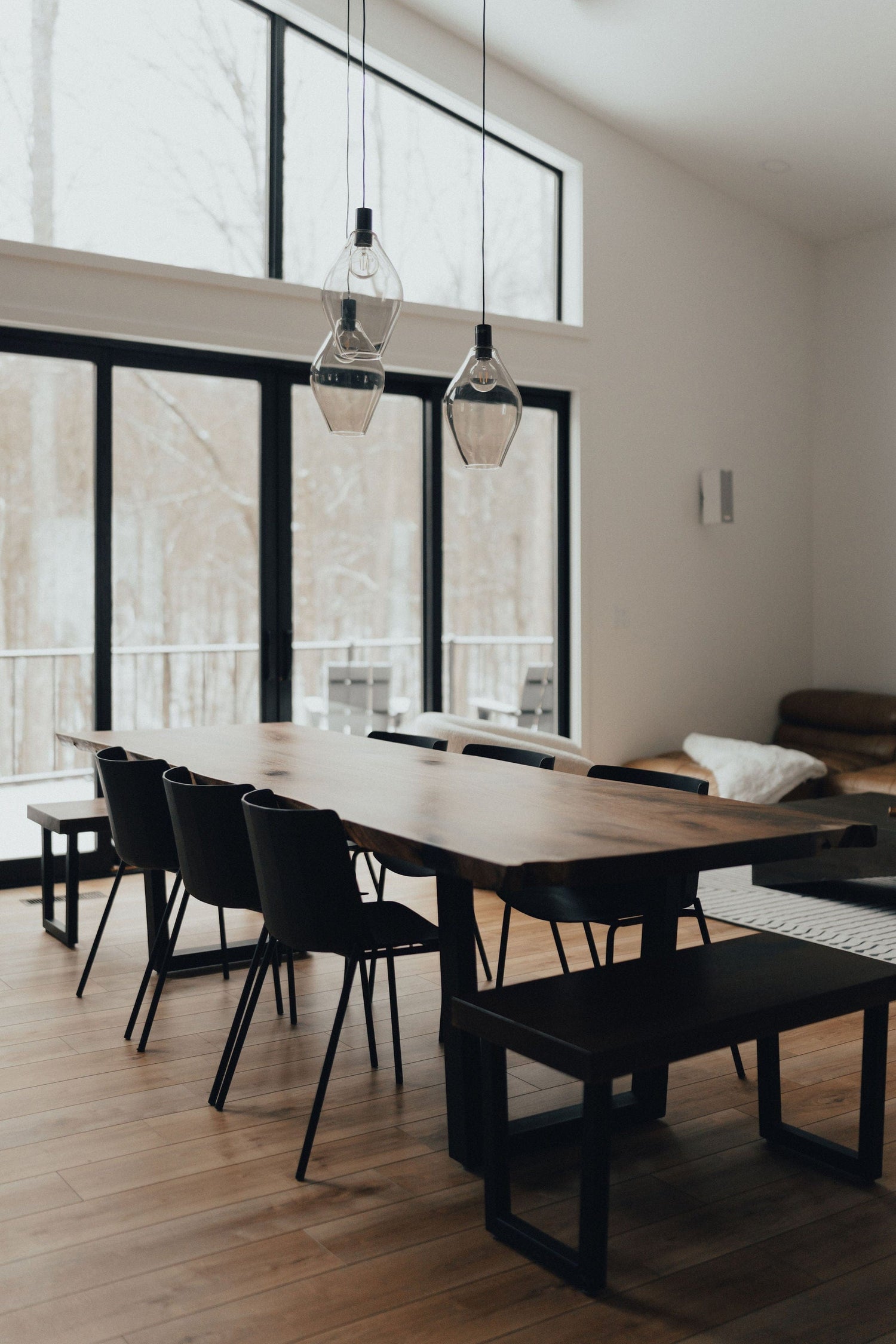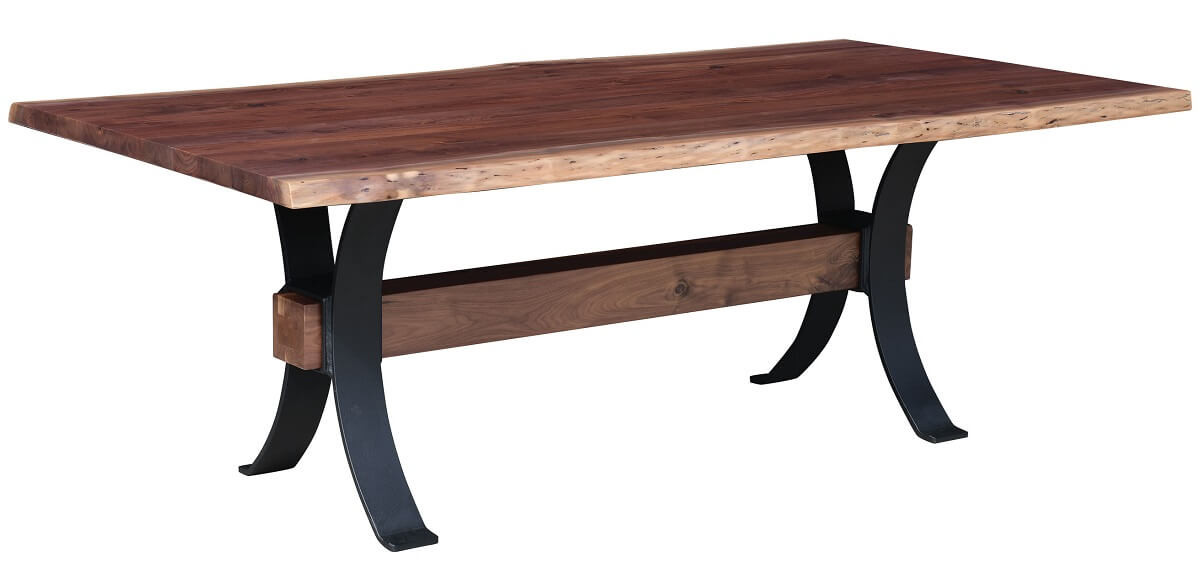Unique Dining Room Table Legs That Will Elevate Your Dining Area
Unique Dining Room Table Legs That Will Elevate Your Dining Area
Blog Article
From Traditional to Modern: Find the Perfect Eating Space Table Legs for Your Style
The option of dining-room table legs plays a critical function in specifying the total personality of your room, connecting the gap in between typical workmanship and contemporary visual appeals. While classic designs such as cabriole and turned legs stimulate a feeling of ageless refinement, contemporary designs like hairpin and geometric options present a possibility for striking visual passion. Evaluating the right balance between these designs needs a nuanced understanding of your existing decor and personal preference. As you think about these elements, the question remains: exactly how can you seamlessly incorporate these varied leg styles to create a harmonious dining experience?
Recognizing Table Leg Styles
The variety of dining-room table leg designs can significantly influence both the aesthetic appeals and functionality of the space. Each leg style contributes distinct useful features and visual components, accommodating varied style choices and use needs. Comprehending these styles is essential for picking the right dining table that straightens with your overall interior decoration vision.
For circumstances, conical legs supply a tidy, traditional look that can enhance a room's beauty, while stand bases offer stability and make best use of legroom, making them ideal for smaller rooms. Barrette legs, a trademark of mid-century modern layout, present an industrial style, enabling a ventilated, open feel. Trestle legs stimulate rustic charm, supplying robust support and a sense of timelessness.
Wood legs can bring heat and texture, whereas metal alternatives commonly communicate a sleek, modern ambiance. Ultimately, comprehending table leg styles is crucial for creating a natural eating area that reflects personal style while making sure usefulness and comfort.
Standard Table Leg Options
When selecting dining space table legs, typical options commonly symbolize ageless elegance and workmanship. These styles reflect an abundant heritage and a dedication to high quality, making them optimal for those that appreciate traditional visual appeals.
One of one of the most famous typical leg designs is the cabriole leg, characterized by its graceful rounded form. This layout frequently features attractive makings and is most generally found in Queen Anne and Chippendale furniture. Another prominent alternative is the turned leg, which boasts a collection of smooth, rounded forms that provide a classic appearance while preserving stability.
Additionally, the straight leg, while easy, provides a sturdy and basic structure that can blend perfectly with a range of tabletop designs. For those attracted to ornate describing, claw-and-ball feet legs evoke a feeling of majesty and can work as a magnificent centerpiece in any type of dining room.
Last but not least, stand bases, although not strictly legs, offer an alternate conventional choice that enables enough legroom and can be beautifully sculpted. Each of these typical leg designs adds to the total ambiance of an eating space, marrying feature with visual charm.

Modern Table Leg Layouts
Modern table leg designs offer a varied series of designs that highlight tidy lines and ingenious products. These layouts commonly focus on performance while acting as striking centerpieces within a dining area. Minimal appearances prevail, with legs crafted from products such as metal, glass, and crafted wood, which contribute to a airy and contemporary feeling.
One popular design is the barrette leg, defined by its slender, tapered additional info framework that browse around these guys provides security without frustrating the table top (dining room table legs). This design is often located in mid-century contemporary furnishings and can easily enhance different table forms. An additional pattern is the usage of geometric shapes, where legs may take on angular or asymmetrical kinds, adding visual rate of interest and a touch of virtuosity

Blending Designs for Special Areas
Often, home owners seek to develop one-of-a-kind eating areas that show their personal design by blending various design components. This method permits the incorporation of varied appearances, causing an unified yet unique environment. For circumstances, coupling a rustic wooden table with smooth, modern-day metal legs can produce a distinctive contrast that elevates the room's general charm.
Additionally, incorporating vintage table legs with contemporary table tops can stimulate a sense of background while maintaining a contemporary perceptiveness. Such mixes not only display private preference however additionally urge imagination, allowing house owners to curate a space that really feels both personal and welcoming.
Color plays an essential duty in this blending procedure; selecting table legs that match or contrast with the get more existing color design can enhance aesthetic interest. As an example, whitewashed legs can soften the daring of a dark table surface, producing a well balanced aesthetic.
Tips for Choosing the Right Legs
Choosing the right table legs is crucial for attaining both performance and visual appeal in your dining room. Begin by considering the general style of your area. Typical setups gain from legs that feature elaborate makings or transformed layouts, while modern areas may require smooth, minimalist styles.
Following, assess the elevation and security of the legs. dining room table legs. Conventional eating tables range in between 28 to 30 inches in elevation, so ensure the legs match this dimension for convenience. Furthermore, durable products, such as wood or steel, can boost security and durability
Assess the leg shape also-- alternatives consist of right, tapered, or pedestal styles. Straight legs supply a classic look, while conical legs can include a touch of sophistication. Pedestal bases give enough legroom and are excellent for smaller sized rooms.
Verdict
In recap, picking the excellent eating area table legs needs cautious factor to consider of both conventional and contemporary designs. By integrating leg design, height, and material with the overall design, a natural and welcoming ambience can be attained.
The range of dining space table leg designs can dramatically affect both the visual appeals and capability of the area. Eventually, understanding table leg designs is necessary for developing a natural eating area that reflects individual style while making sure functionality and convenience.One of the most famous typical leg styles is the cabriole leg, defined by its graceful bent shape. Straight legs offer a timeless appearance, while conical legs can add a touch of style.In summary, choosing the optimal eating space table legs needs cautious factor to consider of both typical and modern designs.
Report this page